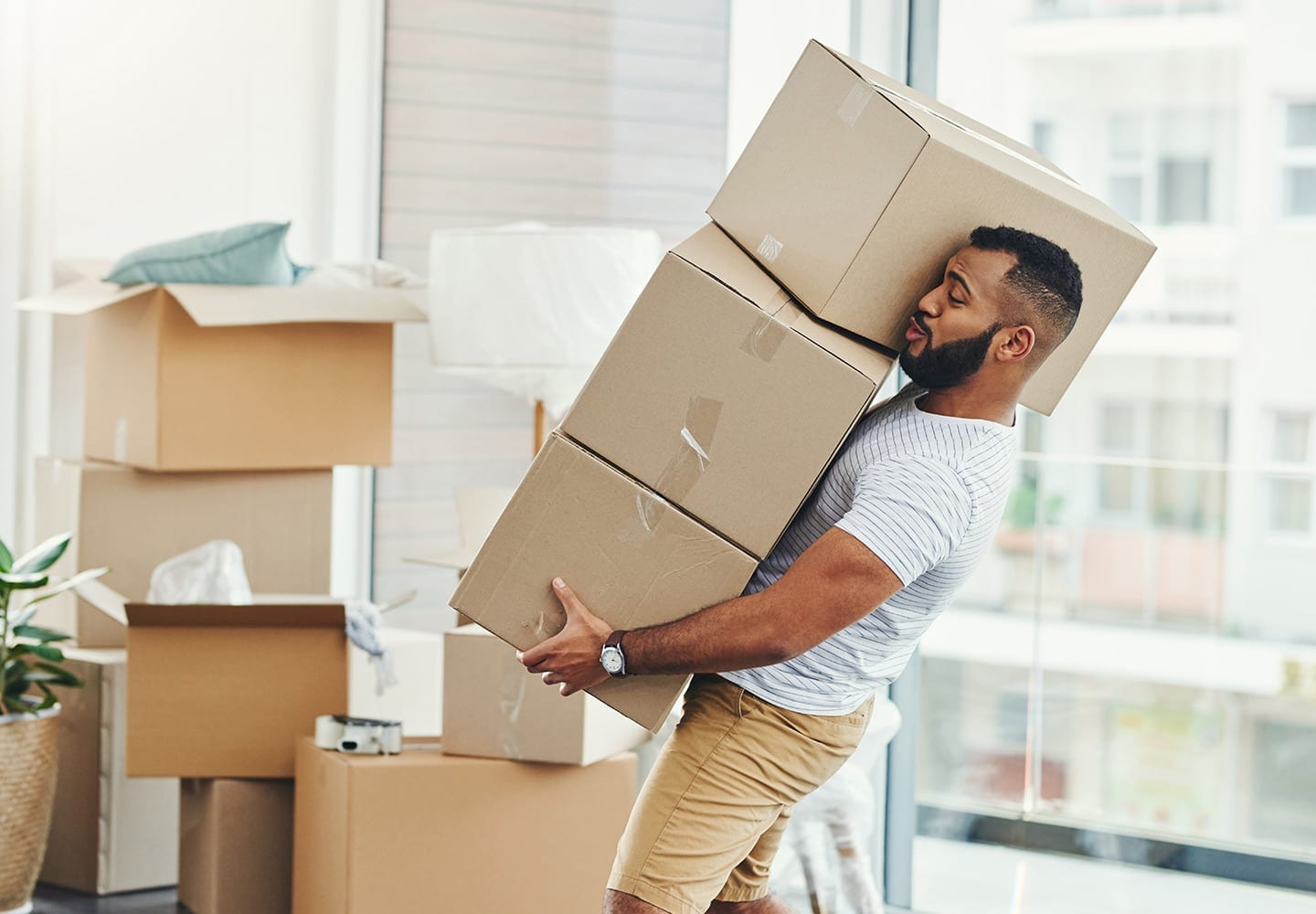

Articles
How To Store Cardboard Boxes In Apartment
Modified: May 6, 2024
Learn how to store cardboard boxes in your apartment efficiently with these helpful articles. Find tips and tricks to maximize space and keep your belongings organized.
(Many of the links in this article redirect to a specific reviewed product. Your purchase of these products through affiliate links helps to generate commission for Storables.com, at no extra cost. Learn more)
Introduction
When living in an apartment, space can often come at a premium. Whether you are downsizing, temporarily storing items, or simply looking for a way to declutter your living space, finding a storage solution that fits your needs can be a challenge. One common item that can take up a significant amount of room is cardboard boxes. From moving boxes to packaging from online shopping, these cardboard containers can quickly accumulate and overcrowd your apartment.
However, with some careful planning and organization, storing cardboard boxes in an apartment can be a practical and efficient solution. In this article, we will explore the benefits of storing cardboard boxes in an apartment, considerations before storing them, methods for preparing and arranging the boxes, and tips for maximizing storage efficiency. We will also discuss labeling and inventory management, potential risks and precautions, and alternative storage solutions.
By following these guidelines, you will be able to make the most of your apartment space while keeping your cardboard boxes organized and easily accessible. So, let’s dive in and discover how to store cardboard boxes in an apartment.
Key Takeaways:
- Efficiently store cardboard boxes in your apartment by maximizing space, reducing clutter, and protecting belongings. Consider box condition, contents, and environmental factors before storage for optimal organization.
- Utilize vertical space, under-bed storage, and furniture with built-in storage to make the most of your apartment’s limited space. Label and manage inventory for easy access and consider alternative storage solutions if needed.
Read more: How To Store Cardboard Boxes
Benefits of Storing Cardboard Boxes in an Apartment
Storing cardboard boxes in an apartment offers various benefits, making it a practical solution for managing space and maintaining an organized living area:
- Maximizing space: Apartments often have limited space, and allowing cardboard boxes to take up valuable floor space can make the apartment feel cramped. By storing the boxes properly, you can make better use of the available space and create a more spacious environment.
- Reducing clutter: Cardboard boxes can quickly accumulate and create clutter in your apartment. Storing them neatly and out of sight can help maintain a clean and tidy living area, promoting a sense of calm and orderliness.
- Protecting your belongings: If you have valuable or sentimental items stored in cardboard boxes, keeping them properly stored in your apartment can provide an added layer of protection. By keeping them organized and away from potential hazards, such as moisture or pests, you can ensure that your belongings remain safe and undamaged.
- Easy accessibility: Properly storing cardboard boxes allows for easy access to your stored items whenever you need them. Labeling and organizing the boxes can save you time and effort when looking for specific items, making the retrieval process much more convenient.
- Cost-effective solution: Renting storage units or off-site facilities can be expensive, especially in urban areas. Storing cardboard boxes in your apartment eliminates the need for external storage, saving you money in the long run.
By taking advantage of these benefits, you can create a more efficient and organized living space in your apartment while keeping your belongings easily accessible and protected. Now that we understand the benefits, let’s explore the considerations to keep in mind before storing cardboard boxes in your apartment.
Considerations Before Storing Cardboard Boxes
Before diving into the process of storing cardboard boxes in your apartment, there are a few important considerations to keep in mind:
- Box condition: Assess the condition of your cardboard boxes before deciding to store them. Boxes that are torn, damp, or structurally compromised may not provide adequate protection for your belongings. Consider repurposing or recycling such boxes and only store those that are in good condition.
- Contents: Take inventory of the items you plan to store in the cardboard boxes. This will help you determine the appropriate storage space required and enable you to prioritize and categorize your belongings more effectively.
- Weight: Consider the weight of the items you will be placing in the boxes. Overpacking boxes with heavy items may lead to them becoming unstable and increasing the risk of damage or injury. It’s advisable to distribute heavy items among multiple boxes or opt for sturdier storage solutions, such as plastic bins.
- Environmental factors: Take into account the climate and environmental conditions of your apartment. Extreme temperature fluctuations, excessive humidity, or the presence of pests can affect the integrity of the cardboard boxes and damage the items stored within. Consider using climate-controlled storage areas or taking necessary precautions to protect your belongings from any potential harm.
- Access needs: Consider how frequently you will need to access the items stored in the cardboard boxes. This will help determine the storage location within your apartment and the organization system you choose to implement.
- Aesthetic considerations: If you are concerned about the visual impact of stored cardboard boxes, consider utilizing storage solutions that are hidden or blend seamlessly with your apartment’s decor. This can include using furniture with built-in storage compartments or utilizing under-bed storage options.
By considering these factors, you can ensure the efficient and effective storage of your cardboard boxes in your apartment. In the next section, we will explore how to prepare the cardboard boxes for storage.
Preparing the Cardboard Boxes for Storage
Properly preparing your cardboard boxes for storage is essential to ensure the safety and integrity of your belongings. Follow these steps to effectively prepare your boxes:
- Clean and dry: Before storing anything in the boxes, ensure they are clean and dry. Wipe down the interior and exterior surfaces of the boxes to remove any dirt or moisture that could potentially damage your belongings.
- Reinforce weak spots: Inspect the boxes for any weak spots or areas of concern, such as torn edges or weakened corners. Reinforce these areas with strong adhesive tape to strengthen the box’s structure and prevent further damage during storage.
- Consider padding: If you are storing fragile items, consider adding a layer of padding to the bottom and sides of the box. This can be achieved using bubble wrap, packing peanuts, or even old towels and blankets. The padding will provide an extra layer of protection and minimize the risk of damage during transport and storage.
- Seal the boxes: Once the boxes are packed, ensure they are securely closed and sealed to protect the contents inside. Clear packing tape works well for this purpose, providing a strong and durable seal to prevent dust, pests, and moisture from entering the boxes.
- Labeling: Label each box with a brief description of its contents. This will not only help you locate specific items quickly but also prevent the need to rummage through multiple boxes when searching for a particular item. Consider using a color-coding system or numbering the boxes for added organization.
- Consider utilizing storage solutions: If you have numerous cardboard boxes to store, consider using storage solutions that are specifically designed to accommodate them. Storage cubes, shelving units, or even hanging storage racks can provide a convenient and organized way to store your boxes without taking up excessive floor space.
By taking the time to properly prepare your cardboard boxes for storage, you can ensure that your belongings remain protected and easily accessible. In the next section, we will discuss some tips for finding adequate space to store your cardboard boxes in an apartment.
Finding Adequate Space for Storing Cardboard Boxes in an Apartment
When living in an apartment, finding sufficient space to store your cardboard boxes can be a challenge. However, with some strategic planning and creative solutions, you can make the most of the available space in your apartment:
- Utilize vertical space: Take advantage of the vertical space in your apartment by using tall shelves or installing wall-mounted storage units. This allows you to store boxes in a compact and efficient manner, utilizing the height of the room.
- Under-bed storage: Utilize the space under your bed by investing in storage containers or bags specifically designed to fit under bed frames. This is an excellent option for storing flat or lightweight cardboard boxes that are not frequently accessed.
- Closet shelving: Maximize the storage capacity of your closets by adding additional shelving units or stackable storage bins. This can provide a dedicated space for storing your cardboard boxes while keeping them hidden from view.
- Overhead storage: If your apartment has high ceilings, consider installing overhead storage solutions, such as ceiling-mounted racks or hanging shelves. This allows you to free up valuable floor space while still providing ample room for storing your boxes.
- Furniture with built-in storage: Opt for furniture pieces that double as storage solutions. Look for sofas, ottomans, or coffee tables that have hidden compartments or drawers where you can discreetly store your cardboard boxes.
- Temporary storage: If you find yourself with limited space in your apartment, consider renting a temporary storage unit or utilizing a storage facility nearby. This can be a viable option for storing a large number of boxes or items that are not frequently accessed.
When finding adequate space for storing cardboard boxes in your apartment, it’s important to be creative and think outside the box. Utilizing vertical space, utilizing under-utilized areas like under the bed, and investing in furniture with built-in storage can help maximize your storage capacity. In the next section, we will explore methods for organizing and arranging your cardboard boxes within the available space.
Read more: How To Store Cardboard Boxes For Recycling
Methods for Organizing and Arranging Cardboard Boxes
Proper organization and arrangement of your cardboard boxes in your apartment can make a significant difference in maximizing your storage space and maintaining an organized living area. Here are some effective methods to consider:
- Categorize your boxes: Sort your cardboard boxes based on categories or themes. For example, you can create separate boxes for clothing, documents, kitchen items, and so on. This makes it easier to locate specific items and prevents the need to dig through multiple boxes.
- Stack vertically: When arranging your boxes, stack them vertically to maximize vertical space. Start with heavier or larger boxes at the bottom and place lighter or smaller boxes on top to prevent instability. Ensure that the boxes are sturdy and well-balanced to avoid the risk of collapse.
- Create pathways: Leave clear pathways between the stacks of boxes to enable easy access and movement within your storage area. This prevents the need to shift or move multiple boxes when trying to retrieve a specific item.
- Use shelving units: Invest in shelving units or storage cubes to provide a dedicated space for storing and organizing your cardboard boxes. This not only helps keep the boxes off the floor but also makes it easier to access and retrieve items when needed.
- Utilize storage containers: Consider using storage containers, such as clear plastic bins or fabric containers with labels, to store and organize your cardboard boxes. These containers provide an added layer of protection for your items and make it easier to stack and arrange the boxes in a neat and orderly manner.
- Rotate and prioritize: If you have limited space, consider implementing a rotation system for your boxes. Move less frequently used items to the back or bottom of the storage area and prioritize the boxes containing items you may need more frequently toward the front or top. This helps optimize the accessibility of your belongings.
By organizing and arranging your cardboard boxes using these methods, you can create a more efficient and accessible storage system in your apartment. In the next section, we will discuss tips for maximizing storage efficiency.
Consider breaking down cardboard boxes to save space. Flatten the boxes and store them in a designated area, such as under a bed or in a closet. This will help keep your apartment organized and make it easier to recycle the boxes when needed.
Tips for Maximizing Storage Efficiency
When storing cardboard boxes in an apartment, maximizing storage efficiency is crucial to make the most of the available space. Consider the following tips to optimize your storage capacity:
- Use storage accessories: Utilize storage accessories such as hooks, hanging organizers, and adhesive clips to make use of vertical space on walls and cupboard doors. These can be used to hang lightweight items or smaller boxes, freeing up valuable shelf or floor space.
- Utilize the top of furniture: Utilize the top surfaces of furniture, such as armoires, dressers, or bookshelves, to place smaller cardboard boxes or storage containers. Just make sure not to overload the furniture and compromise its stability.
- Employ the “KonMari” method: Declutter and prioritize your belongings using the popular “KonMari” method. This involves keeping only items that spark joy and letting go of those that no longer serve a purpose. By minimizing your possessions, you can reduce the number of cardboard boxes you need to store.
- Use vacuum-sealed bags: For clothing or soft items, consider using vacuum-sealed bags. These bags compress the contents and reduce the amount of space they take up. This allows you to store more in the same area while keeping your items protected from dust and moisture.
- Utilize the space in furniture: Utilize hollow furniture items, such as ottomans or coffee tables with storage compartments, to store smaller cardboard boxes or miscellaneous items. These hidden storage spaces can be particularly handy for storing items you don’t need frequent access to.
- Take advantage of dead space: Identify and make use of any dead space in your apartment that is often overlooked, such as the space above cabinets or under furniture. Utilize storage solutions, such as fabric bins or shallow shelves, to store smaller boxes or items in these areas.
- Consider digitizing: If you have a large collection of documents, consider digitizing them to reduce the need for physical storage. Scanning and storing important paperwork digitally can save space and make it easier to access and search for documents when needed.
By implementing these tips for maximizing storage efficiency, you can make the most of your available space and ensure that your cardboard boxes are stored in the most organized and efficient manner possible. In the next section, we will discuss the importance of labeling and inventory management when storing cardboard boxes.
Labeling and Inventory Management of Stored Cardboard Boxes
Labeling and inventory management are essential for maintaining an organized storage system when storing cardboard boxes in your apartment. Here are some important strategies to consider:
- Clear and descriptive labels: Label each box with a clear and descriptive description of its contents. Include specific details, such as the room the items belong to or any relevant keywords, to make it easier to locate specific items when needed.
- Color-coding system: Implement a color-coding system to differentiate between different categories or types of items. Assign each category a specific color, and use colored labels or markers to mark the boxes accordingly. This visually identifies the contents of each box at a glance.
- Keep an inventory list: Create an inventory list or spreadsheet to keep track of the contents of each box. List the box number, description, and any other relevant information. This will help you quickly identify the box that contains the items you’re looking for without having to search through all the boxes.
- Easy-to-access inventory records: Make sure your inventory list is easily accessible, either in hard copy or stored digitally. This allows you to update and reference your inventory whenever necessary, ensuring accurate tracking of your stored items.
- Periodic review and updates: Regularly review and update your inventory list as items are added or removed from storage. This helps you maintain an accurate record of what is stored in each box and makes it easier to manage and organize your belongings over time.
- Centralized record location: Designate a specific location, such as a folder or dedicated digital storage space, to store your inventory list and any associated documentation. This ensures that all relevant information is in one easily accessible place.
- Utilize technology: Explore inventory management apps or software options that can help streamline the process of tracking and managing your stored items. These tools often offer features such as barcode scanning, customizable fields, and real-time updates, making inventory management more efficient and accurate.
By implementing these labeling and inventory management strategies, you can easily keep track of your stored belongings, locate specific items when needed, and maintain an organized storage system within your apartment. In the next section, we will discuss potential risks and precautions to consider when storing cardboard boxes.
Potential Risks and Precautions to Take
While storing cardboard boxes in an apartment can be a practical solution, there are several potential risks to be aware of. Taking precautions to mitigate these risks will help ensure the safety and preservation of your belongings:
- Moisture and humidity: Ensure that your storage area is dry and well-ventilated. Excessive moisture or humidity can damage the cardboard boxes and the items stored within them. Consider using dehumidifiers or moisture-absorbing products in areas prone to high humidity.
- Pests: Take precautions to prevent pests, such as rodents or insects, from infesting your storage area. Seal any cracks or openings where pests may enter, and consider using pest control techniques, such as traps or repellents, as necessary.
- Fire hazards: Store your cardboard boxes away from potential fire hazards, such as electrical panels, heaters, or flammable materials. It’s essential to maintain a clear and safe pathway to exits in case of emergency.
- Weight and stacking: Avoid overloading the cardboard boxes or stacking them too high, as this can compromise their structural integrity and increase the risk of collapse. Distribute weight evenly and use sturdy shelving or storage units to prevent accidents or damage to your belongings.
- Valuable or fragile items: Take extra precautions when storing valuable or fragile items. Consider wrapping them in protective materials and storing them in a designated area to minimize the risk of damage. It may be advisable to keep such items in climate-controlled storage or utilize specialized packaging options for added protection.
- Regular inspection: Periodically inspect your stored cardboard boxes to detect any signs of damage, pests, or deterioration. Regular inspection allows you to take necessary preventive measures or address any issues before they escalate.
- Insurance coverage: Consider obtaining insurance coverage for your stored belongings, particularly if you have valuable or irreplaceable items. This provides added peace of mind in case of unforeseen events, such as theft, damage, or natural disasters.
By being aware of and taking necessary precautions to mitigate these risks, you can ensure the safety and protection of your stored cardboard boxes and belongings in your apartment. In the next section, we will explore alternative storage solutions for cardboard boxes in case you require additional space or have specific needs.
Read more: How To Store Cardboard Boxes In Garage
Alternative Storage Solutions for Cardboard Boxes in an Apartment
If your apartment lacks sufficient space to store all your cardboard boxes or if you have specific storage needs, there are alternative solutions you can consider to accommodate your belongings:
- Off-site storage units: Renting a storage unit at an off-site facility can provide you with additional space to store your cardboard boxes. These facilities offer a range of unit sizes and often have security measures in place to protect your belongings.
- Shared storage with a friend or family member: If you have a trusted friend or family member with extra storage space, consider asking if you can temporarily store some of your cardboard boxes in their home. Remember to clearly label the boxes and keep an inventory list of the items stored for easy retrieval.
- Temporary storage rentals: Some companies offer short-term storage options, such as mobile storage containers that can be delivered to your apartment and then picked up when you no longer need them. These containers provide a flexible and convenient storage solution without the need to transport your belongings to an external facility.
- Utilize commercial storage services: Look for businesses that specialize in storing and managing storage for individuals. These services often provide pick-up and delivery options, saving you the hassle of transporting your boxes to a storage facility.
- Utilize self-storage lockers: Self-storage lockers are smaller storage units that can be rented on a monthly basis. These lockers are ideal for storing a limited number of cardboard boxes or smaller items that do not require a larger storage unit.
- Utilize garage or basement space: If you have access to a garage or basement in your apartment building, consider utilizing that space to store your cardboard boxes. Ensure that the area is clean, dry, and secure before storing your belongings.
- Donate or recycle: If you find yourself with an excess of cardboard boxes that you no longer need or want to store, consider donating them to local charities or recycling them. This helps reduce clutter in your apartment and benefits the environment.
By exploring these alternative storage solutions, you can find the best option that suits your needs, whether it’s additional space, convenience, or specific storage requirements. In the final section, we will conclude our discussion on storing cardboard boxes in an apartment.
Conclusion
Storing cardboard boxes in an apartment can be a practical and efficient solution for managing space and maintaining an organized living area. By following the guidelines and tips outlined in this article, you can make the most of your apartment’s limited space while keeping your belongings easily accessible and protected.
We explored the benefits of storing cardboard boxes in an apartment, including maximizing space, reducing clutter, and providing protection for your belongings. We discussed important considerations before storing the boxes, such as box condition, contents, and environmental factors.
Preparing the cardboard boxes for storage, including cleaning, reinforcing weak spots, and sealing them properly, ensures the safety and longevity of your stored items. We also highlighted the importance of finding adequate space in your apartment and suggested strategies such as utilizing vertical space, under-bed storage, and furniture with built-in storage.
To maintain an organized storage system, we discussed methods for organizing and arranging cardboard boxes, including categorization, vertical stacking, and the use of storage containers. Maximizing storage efficiency involves utilizing storage accessories, making use of dead space, and considering digitization of documents.
Labeling and inventory management play a crucial role in easily locating specific items, and precautions should be taken to mitigate potential risks such as moisture, pests, and fire hazards. We also explored alternative storage solutions such as off-site storage units, shared storage with friends or family, and temporary storage rentals.
In conclusion, storing cardboard boxes in an apartment requires careful planning, organization, and consideration of the available space and storage needs. By implementing the strategies and tips discussed in this article, you can create an efficient and organized storage system while maximizing the space in your apartment and protecting your belongings.
Remember, adapting these storage solutions to your specific apartment layout and needs is key. Evaluate the space you have, consider your storage requirements, and implement the techniques that work best for you. With a little creativity and proper planning, you can successfully store and manage your cardboard boxes in your apartment, creating a clutter-free and comfortable living environment.
Once you've mastered storing cardboard boxes, why stop there? Enhance your organizing skills with our guide on selecting the best fabric storage cubes. Perfect for any home seeking clutter-free serenity, these versatile storage solutions make organizing a breeze. Designed to fit seamlessly into various spaces, they offer both functionality and aesthetic appeal.
Frequently Asked Questions about How To Store Cardboard Boxes In Apartment
Was this page helpful?
At Storables.com, we guarantee accurate and reliable information. Our content, validated by Expert Board Contributors, is crafted following stringent Editorial Policies. We're committed to providing you with well-researched, expert-backed insights for all your informational needs.
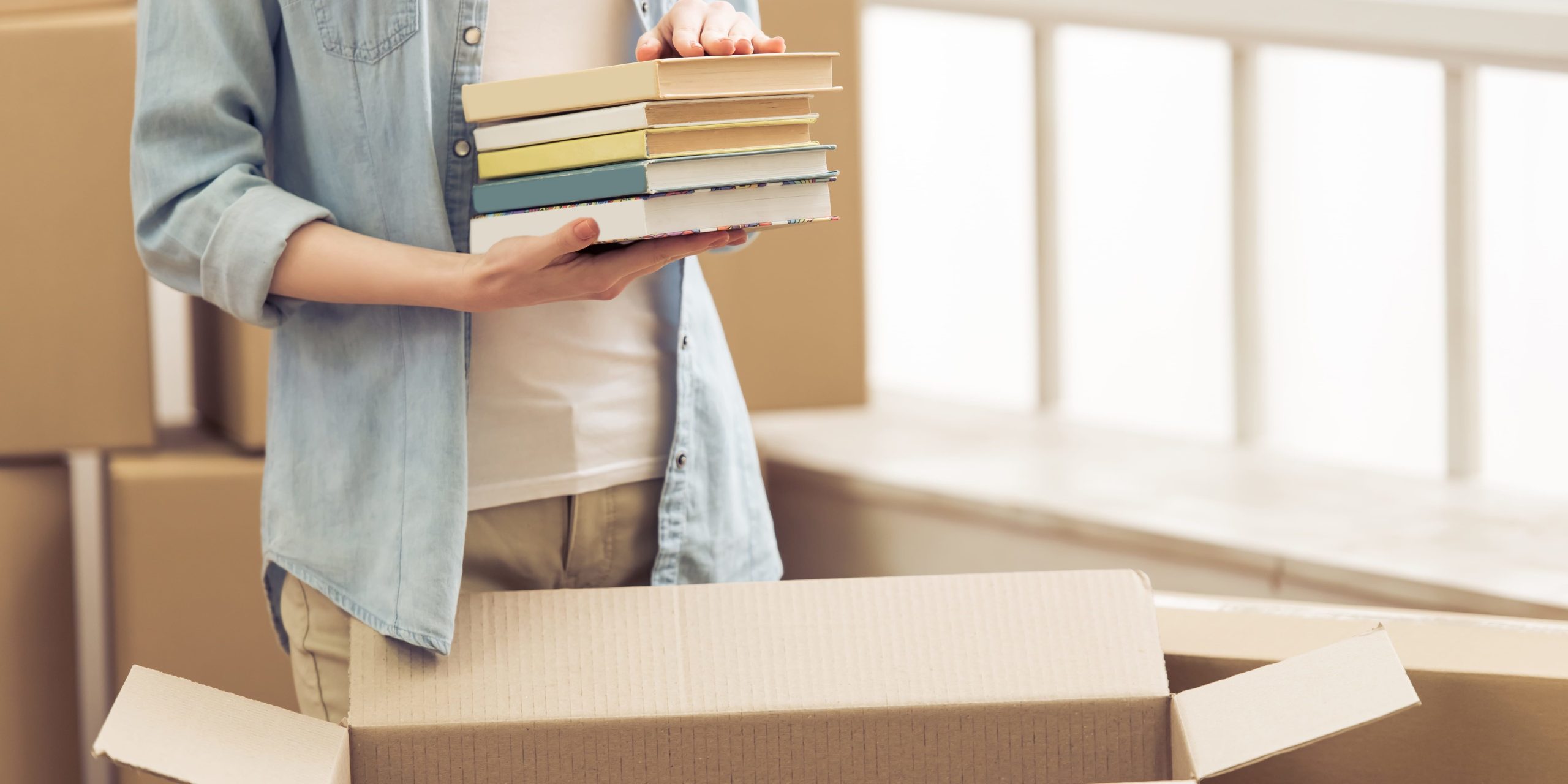
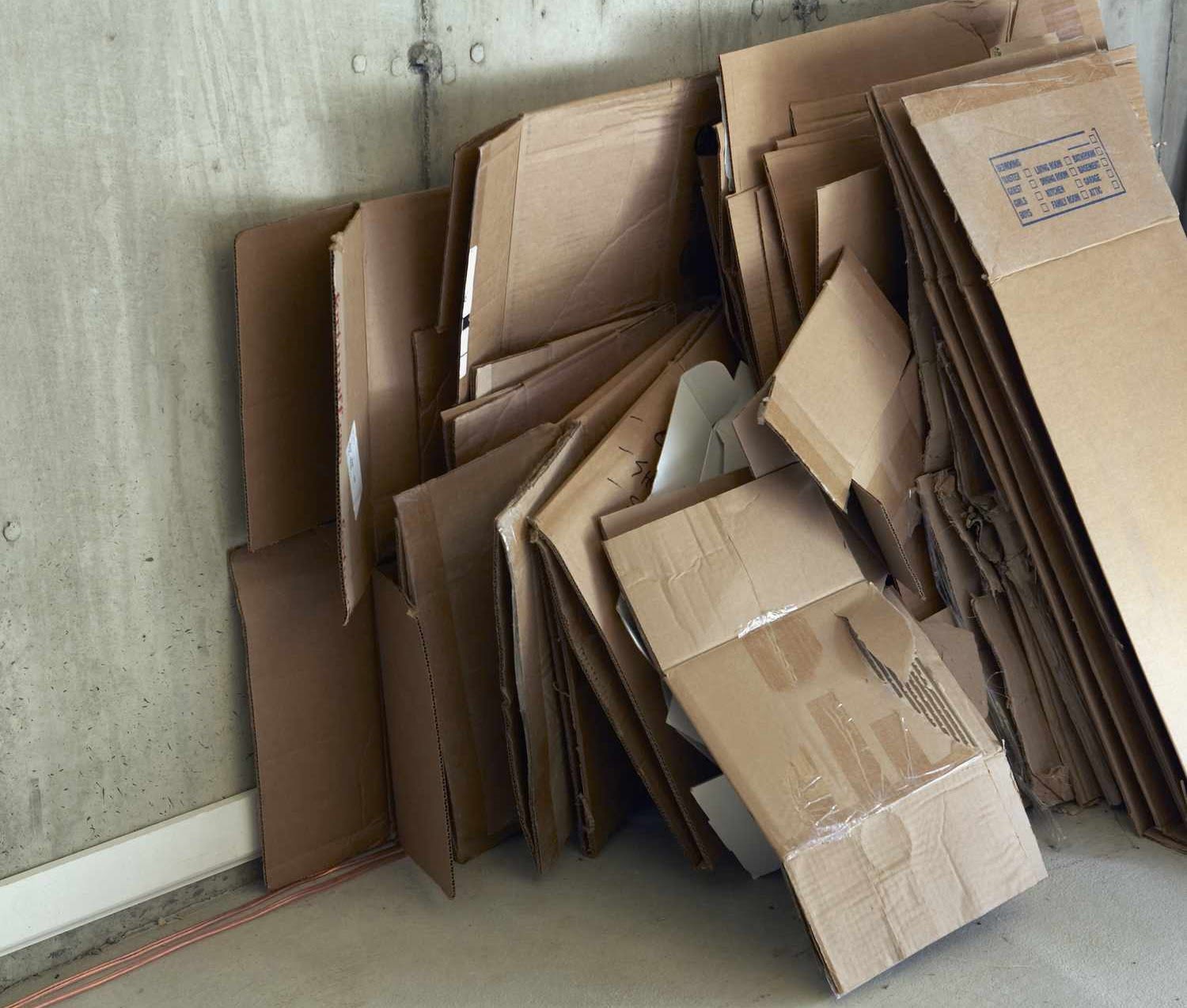
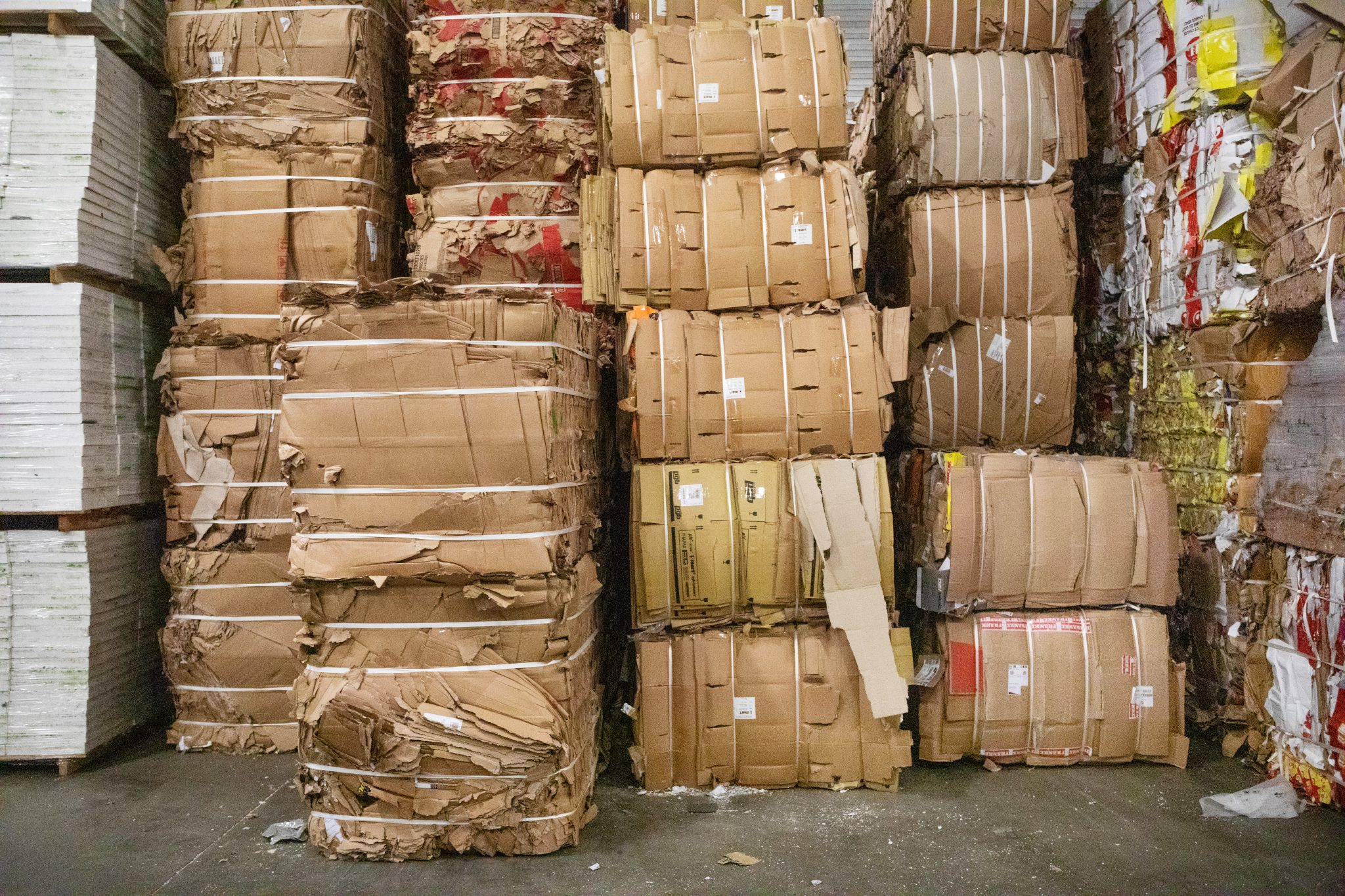
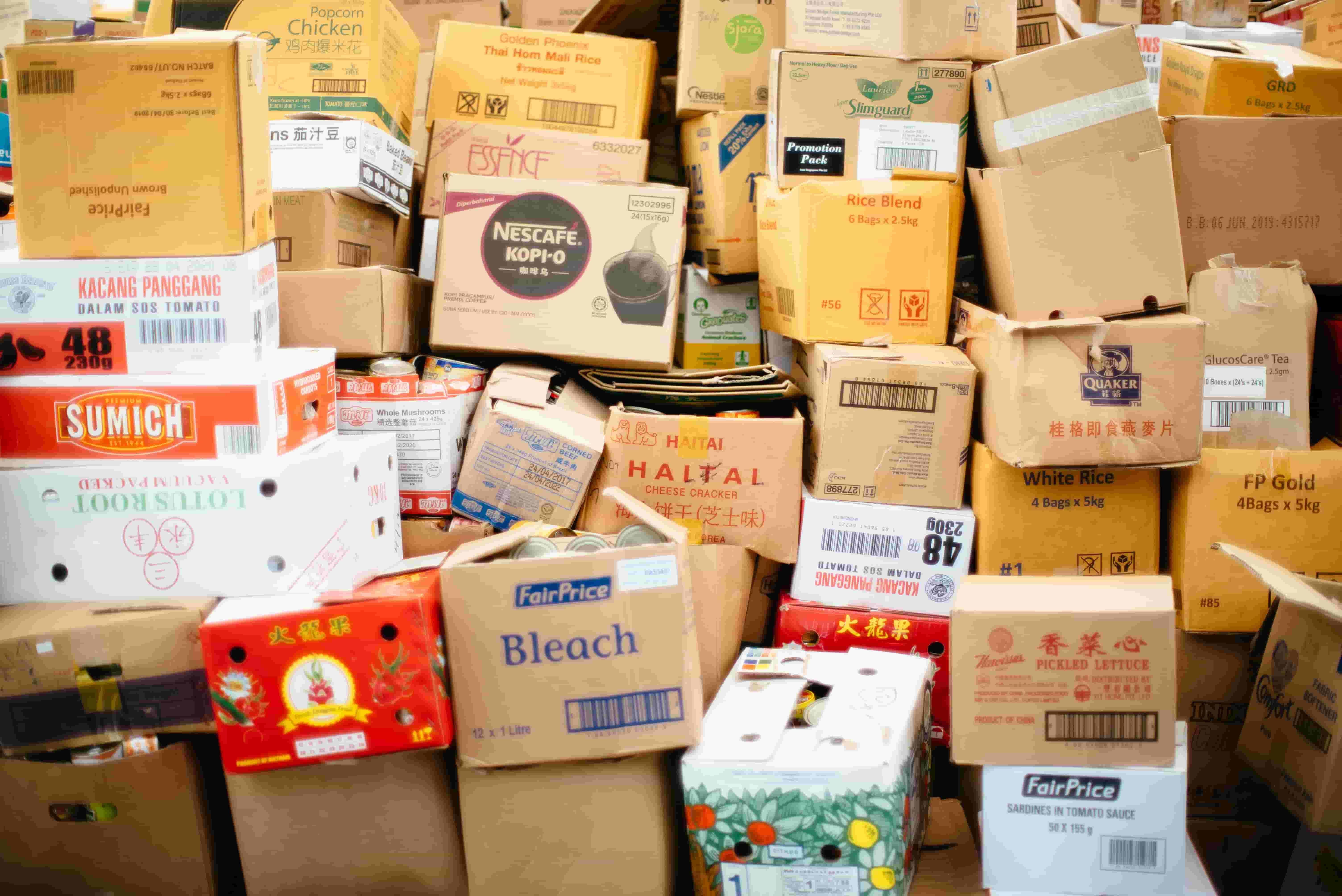
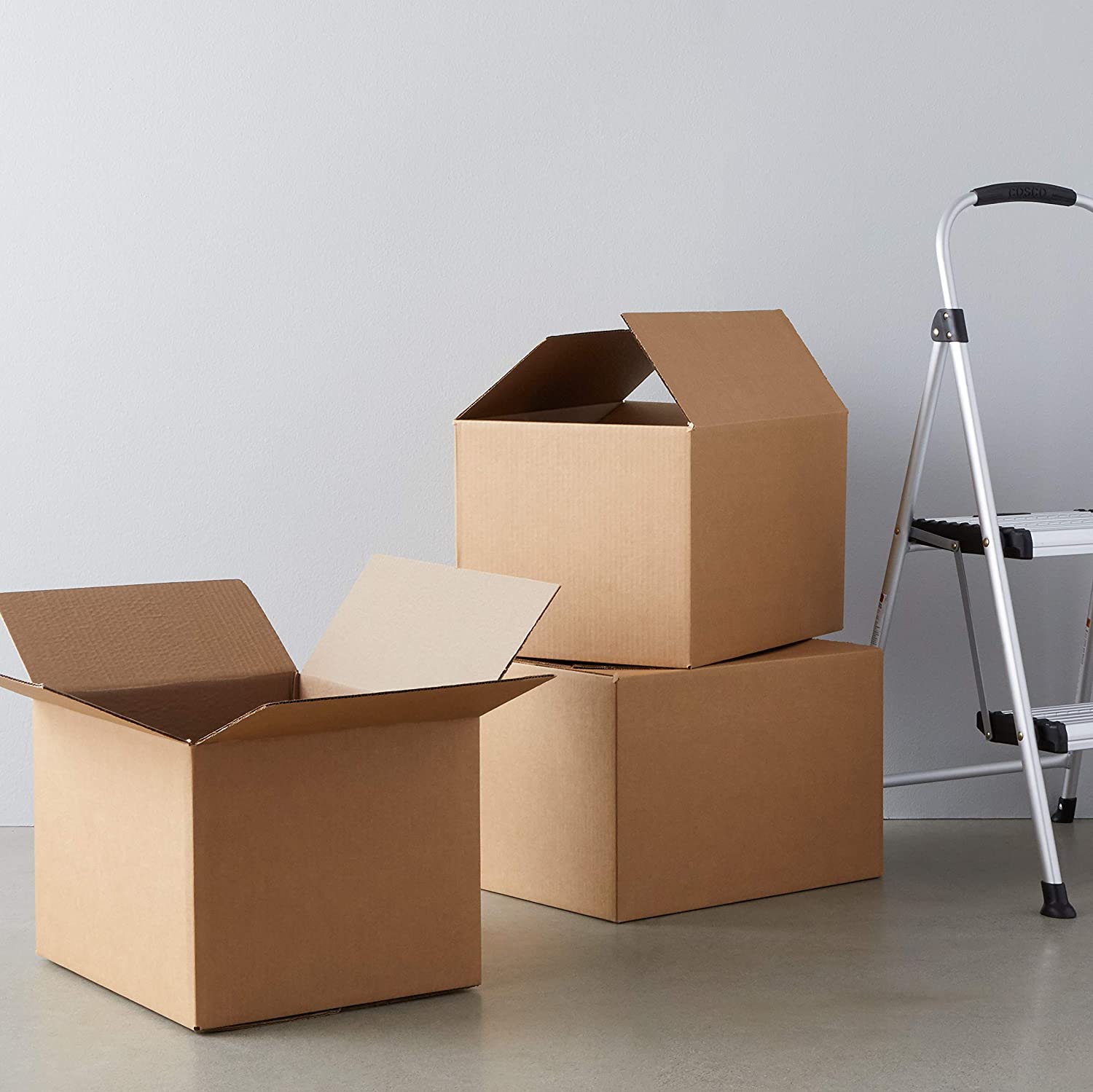
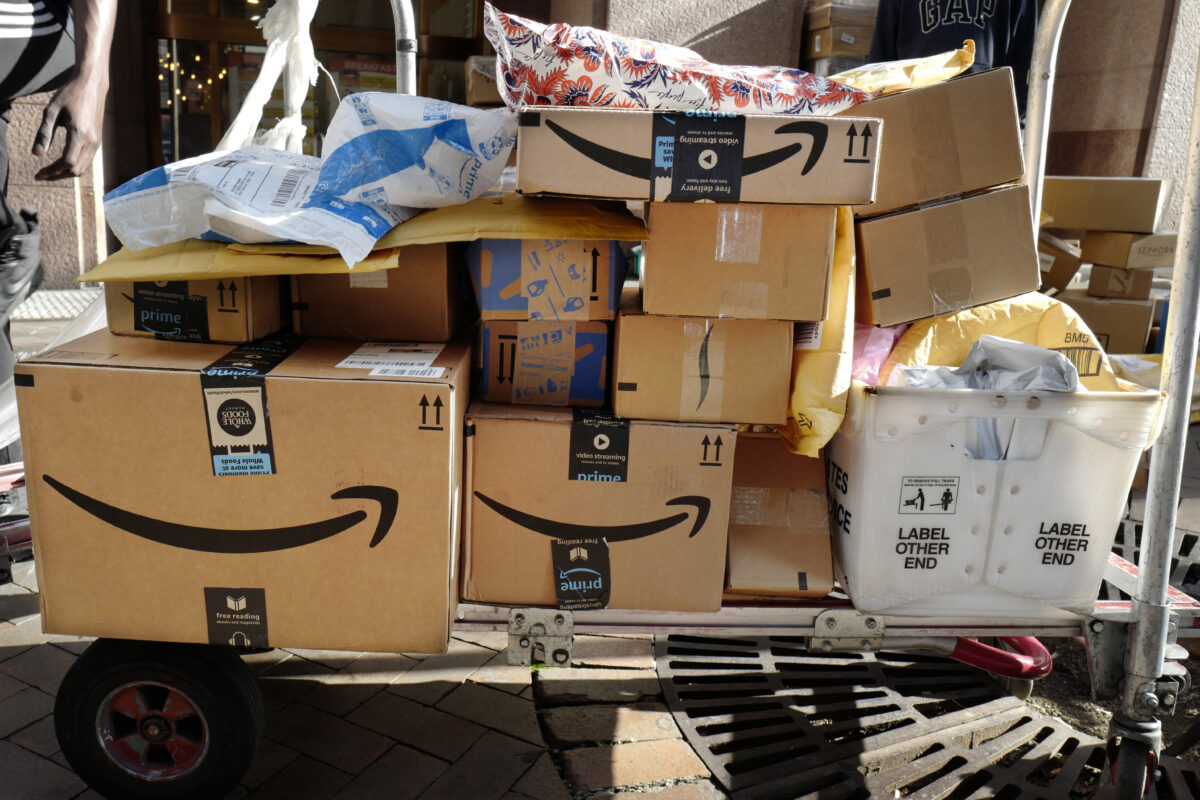
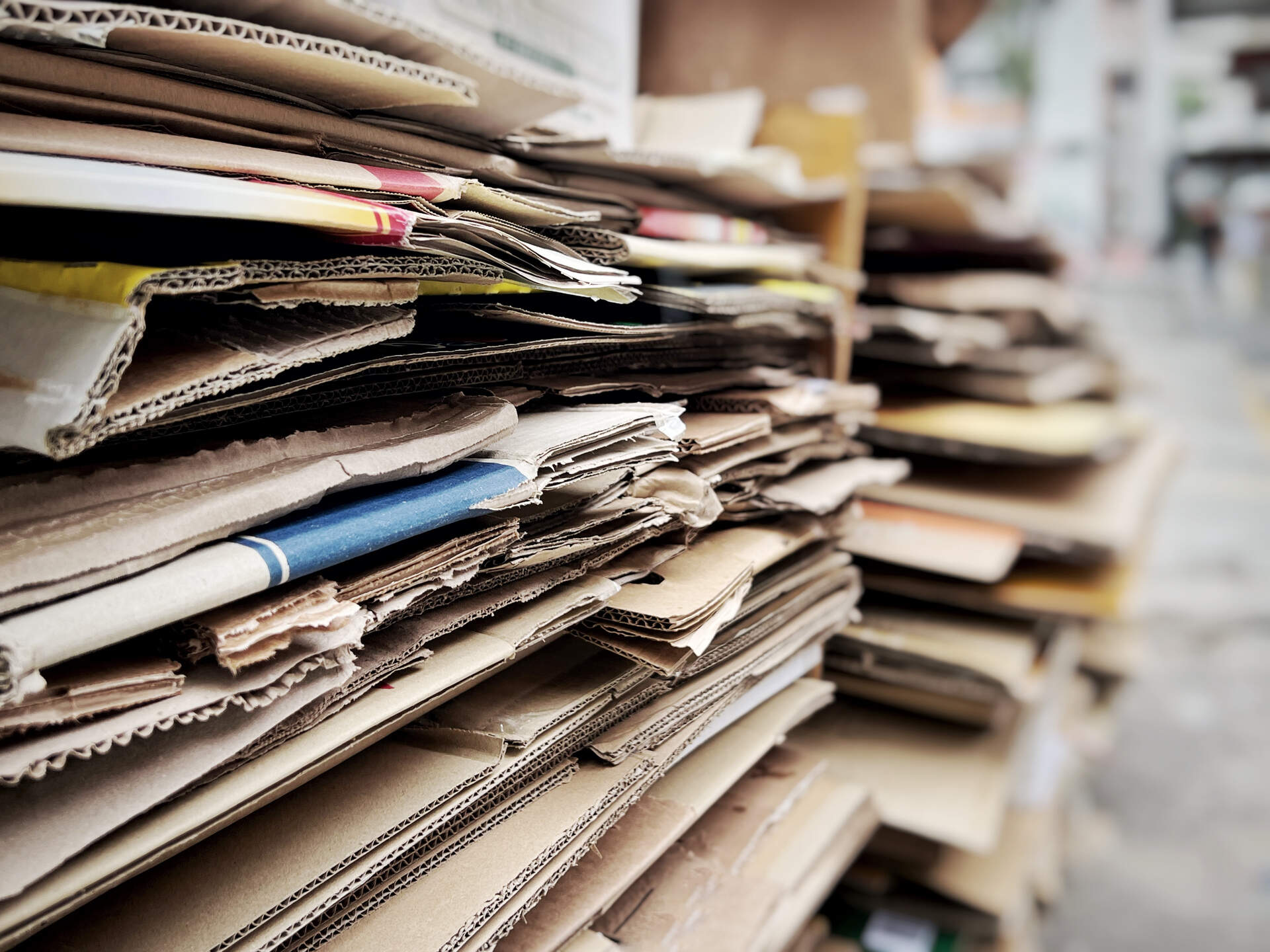
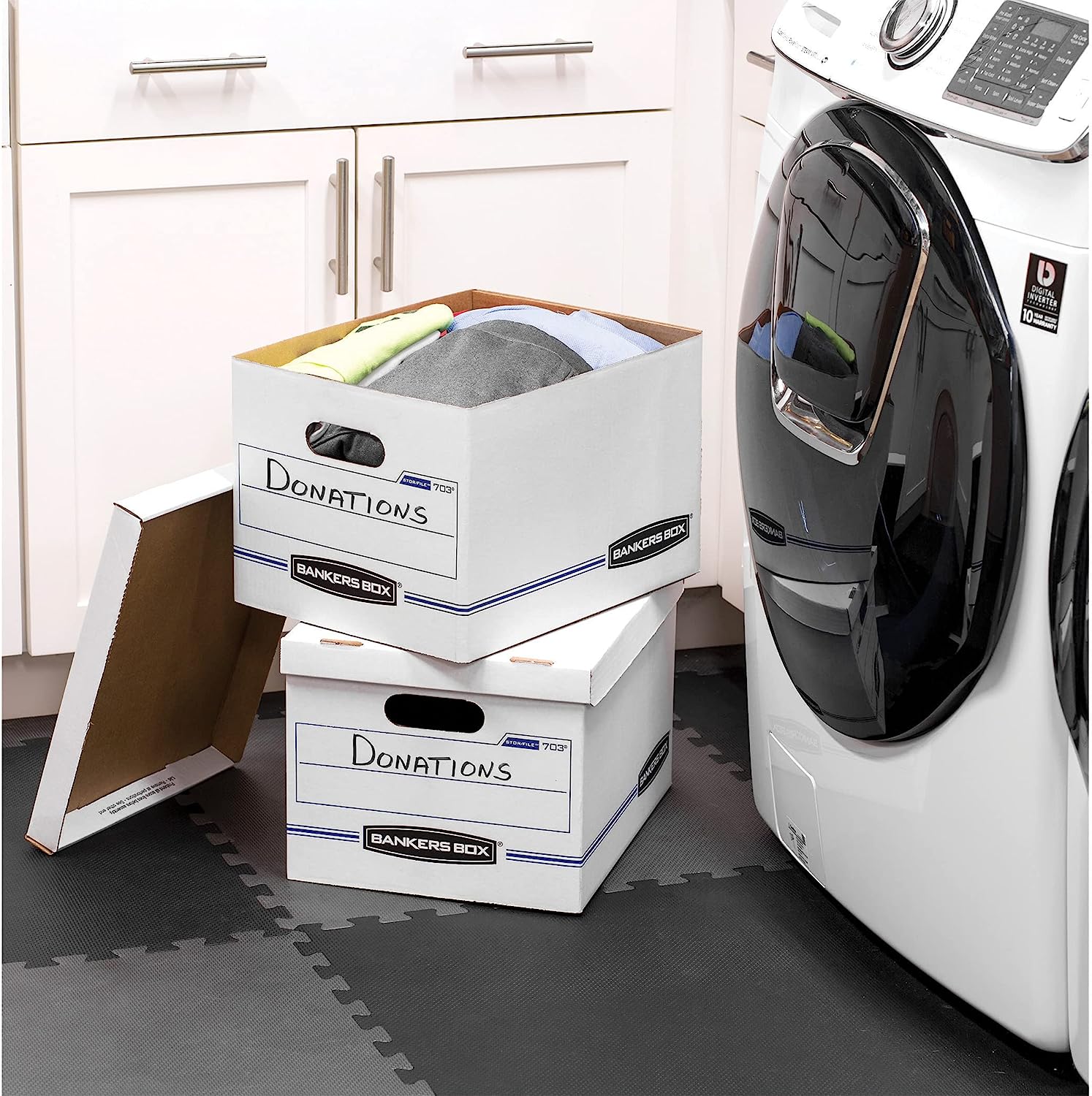
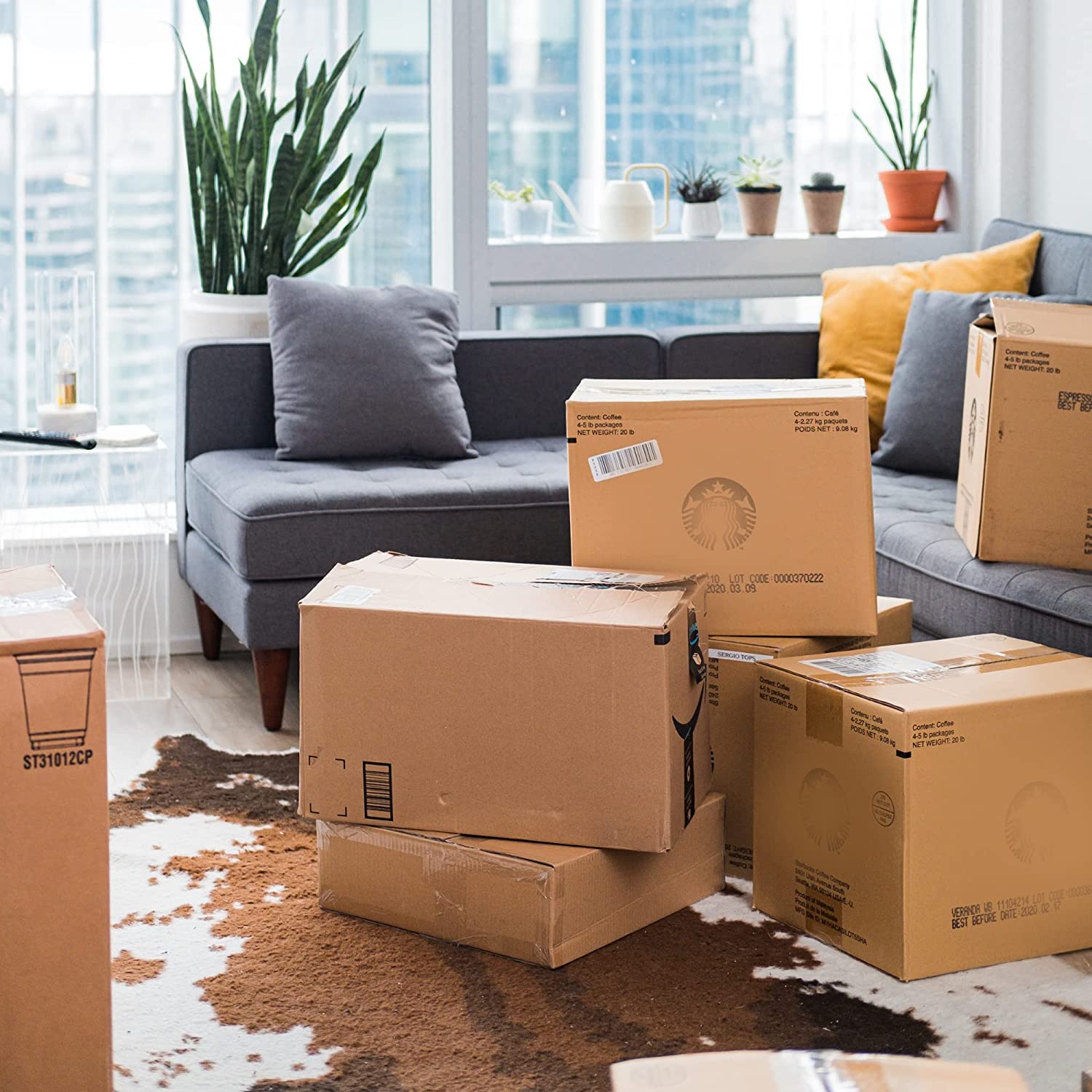
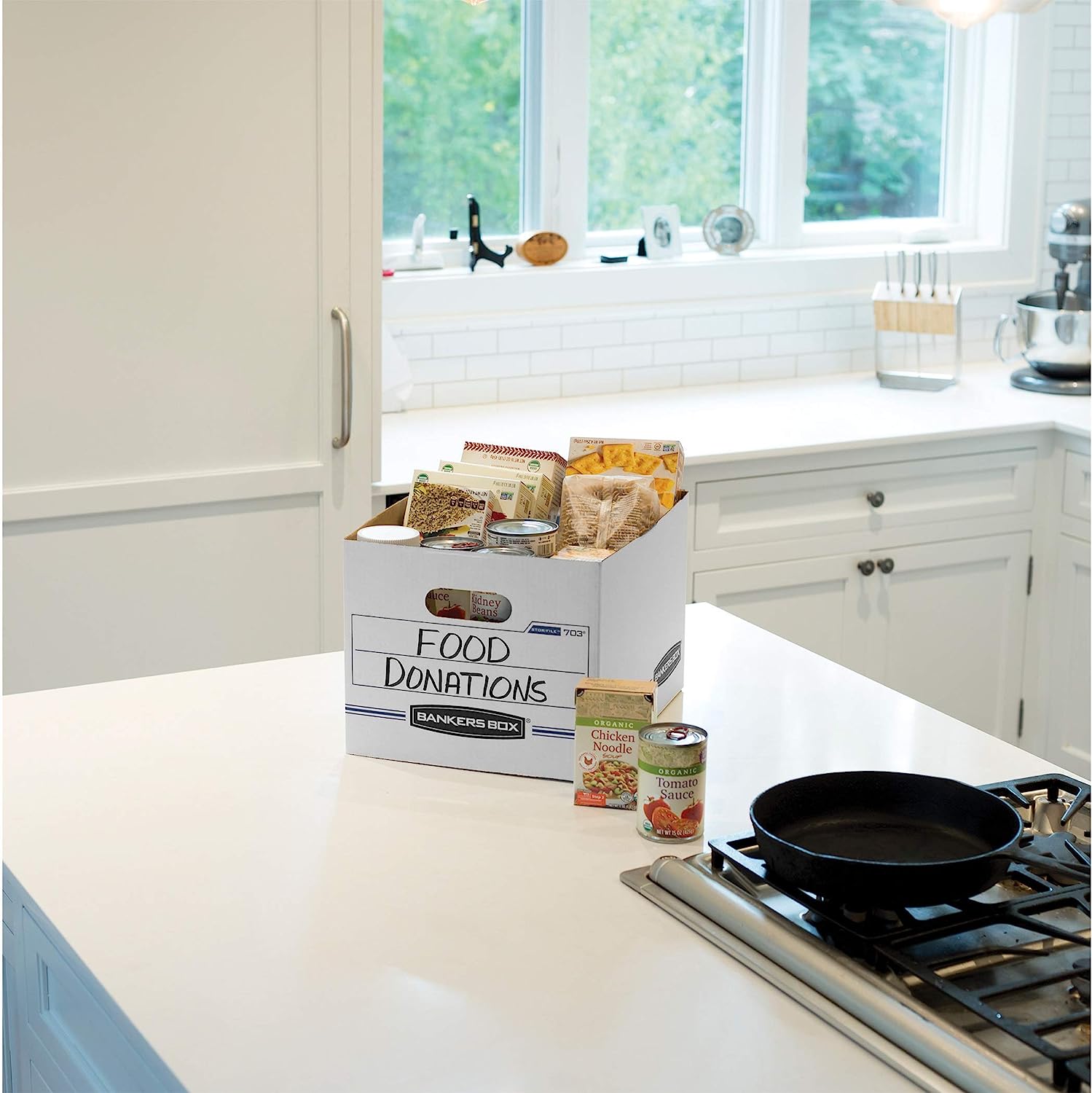
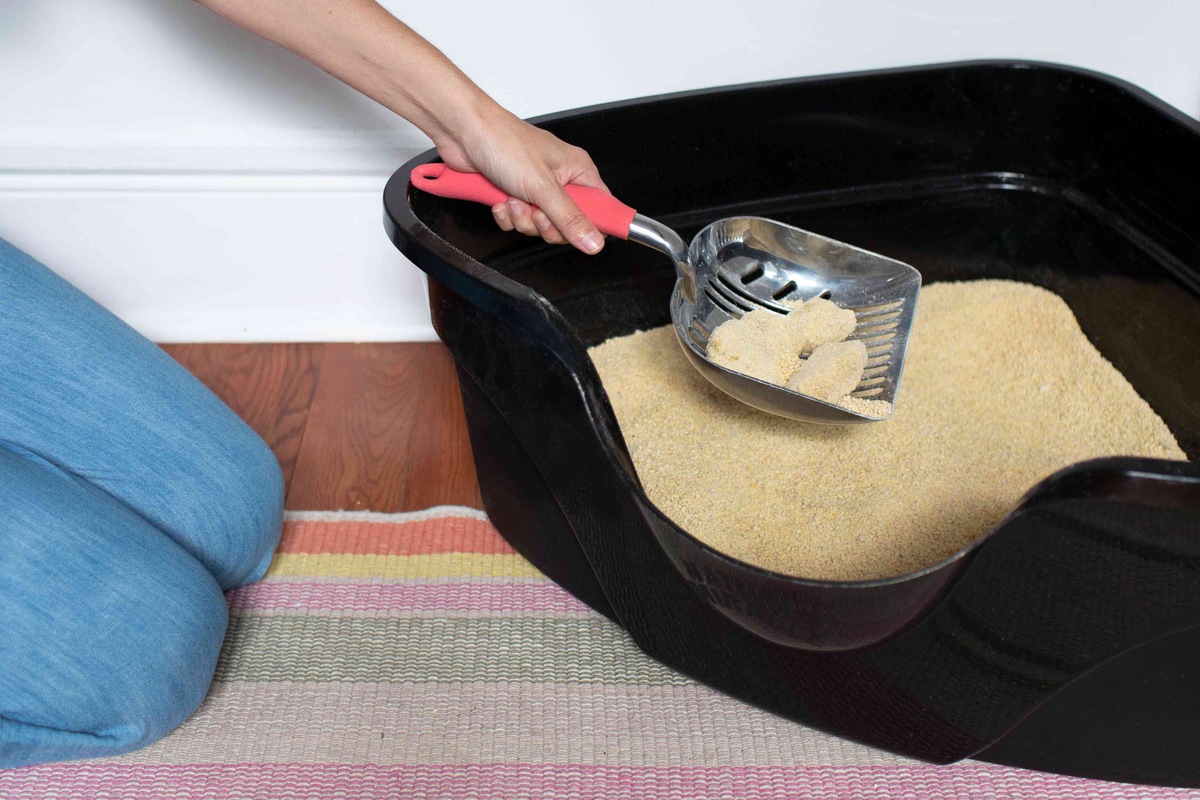
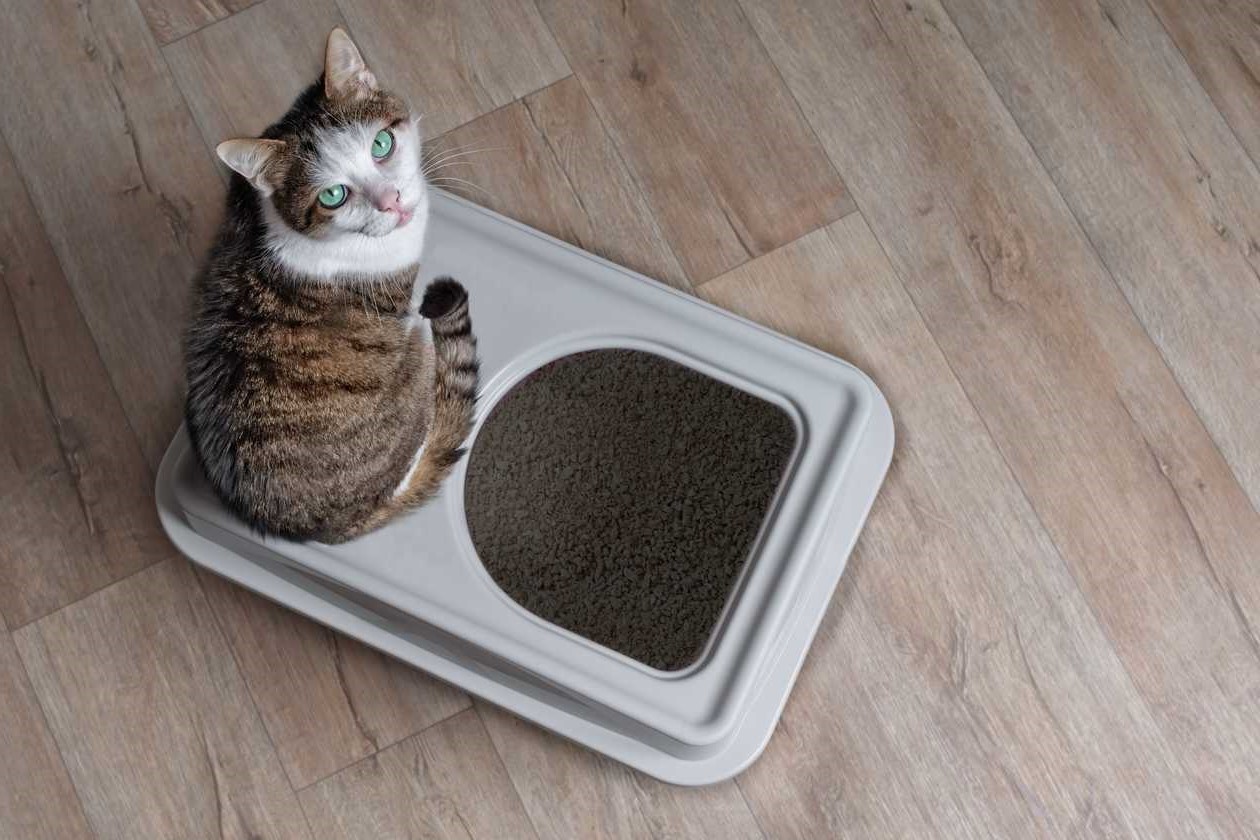
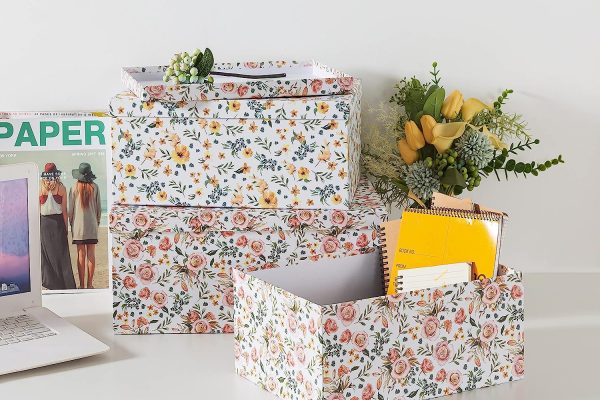

0 thoughts on “How To Store Cardboard Boxes In Apartment”